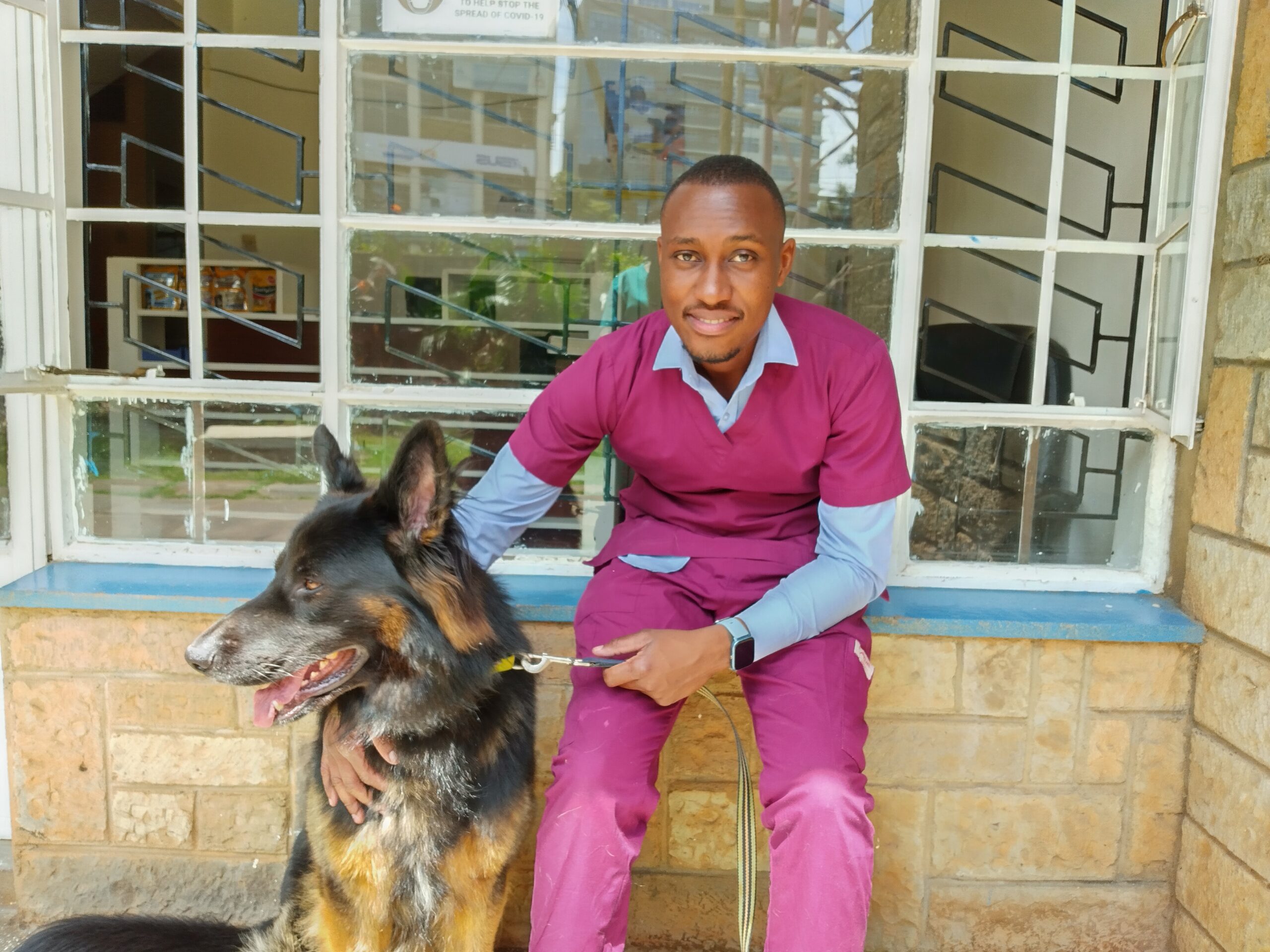Dog wound management at home can be done for minor injuries, but it’s crucial to consult with a veterinarian for any serious wounds or if you’re unsure about the severity of the injury.
Get in touch with us for emergency care.
Here are steps for basic wound management at home:
- Safety First: Ensure your safety and your dog’s safety. If your dog is in pain or anxious, use caution and consider muzzling them to prevent biting. If the wound is in a sensitive area or your dog is particularly distressed, it’s best to seek professional veterinary help.
- Assess the Wound: Examine the wound carefully. Look for signs of infection, such as redness, swelling, discharge, or a foul odor. Take note of the wound’s location, size, and depth. If the wound is gaping or appears deep, it may require immediate veterinary attention.
- Clean Your Hands: Wash your hands thoroughly with soap and water before touching the wound or any wound-cleaning materials.
- Gather Supplies:
- Clean towels or gauze pads
- Warm water (sterile saline solution if available)
- Mild pet-safe antiseptic solution (like chlorhexidine)
- Hydrogen peroxide (only for initial cleaning, not for prolonged use)
- Tweezers (for removing debris if needed)
- Non-stick bandage or sterile dressing
- Adhesive medical tape or bandage wrap
- Elizabethan collar (to prevent licking/chewing)
- Wound Cleaning: a. If there’s debris in the wound, use clean tweezers to gently remove it. Be cautious not to cause further damage. b. Clean the wound gently with warm water or a sterile saline solution. c. If needed, dilute hydrogen peroxide with water (1:1) and use it to clean the wound once. Peroxide can delay healing, so don’t use it repeatedly.
- Apply Antiseptic: Apply a small amount of pet-safe antiseptic solution to the wound. Use a clean cotton ball or gauze pad to gently dab the area.
- Dress the Wound: If the wound is open or prone to dirt, cover it with a non-stick bandage or sterile dressing. Secure the bandage in place with adhesive medical tape or a bandage wrap. Make sure it’s snug but not too tight.
- Prevent Licking or Chewing: Dogs tend to lick their wounds, which can introduce bacteria and slow down healing. Consider using an Elizabethan collar to prevent your dog from reaching the wound.
- Monitor: Keep a close eye on the wound for signs of infection, such as increased redness, swelling, discharge, or if your dog seems in pain or unwell. Change the bandage and clean the wound as necessary, following your vet’s guidance.
- Veterinary Care: If the wound doesn’t improve within a couple of days, or if it worsens, consult your veterinarian. They can provide further treatment and ensure the wound is healing properly.
Remember, while these steps can help manage minor wounds at home, it’s crucial to consult with a veterinarian if you have any doubts or if the wound is severe. Infections and complications can arise from improperly treated wounds, and professional guidance is always recommended.







